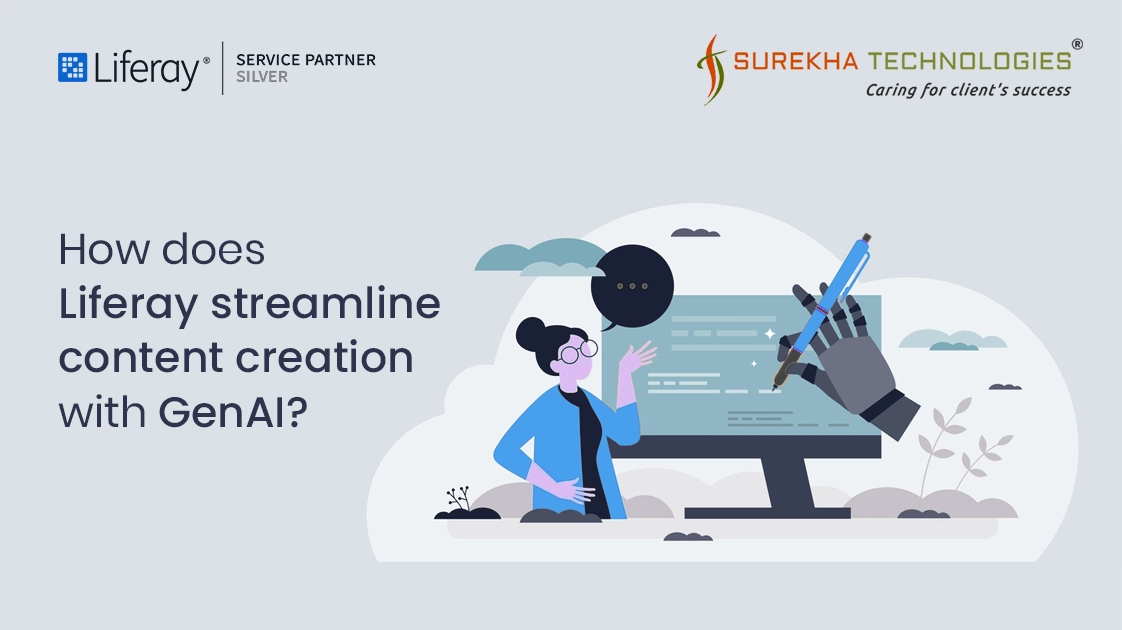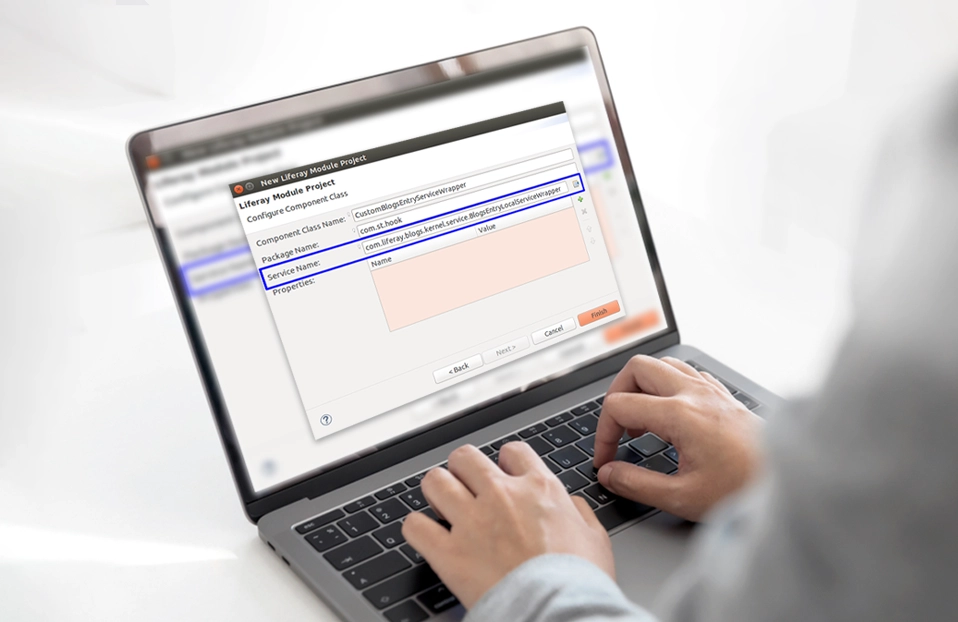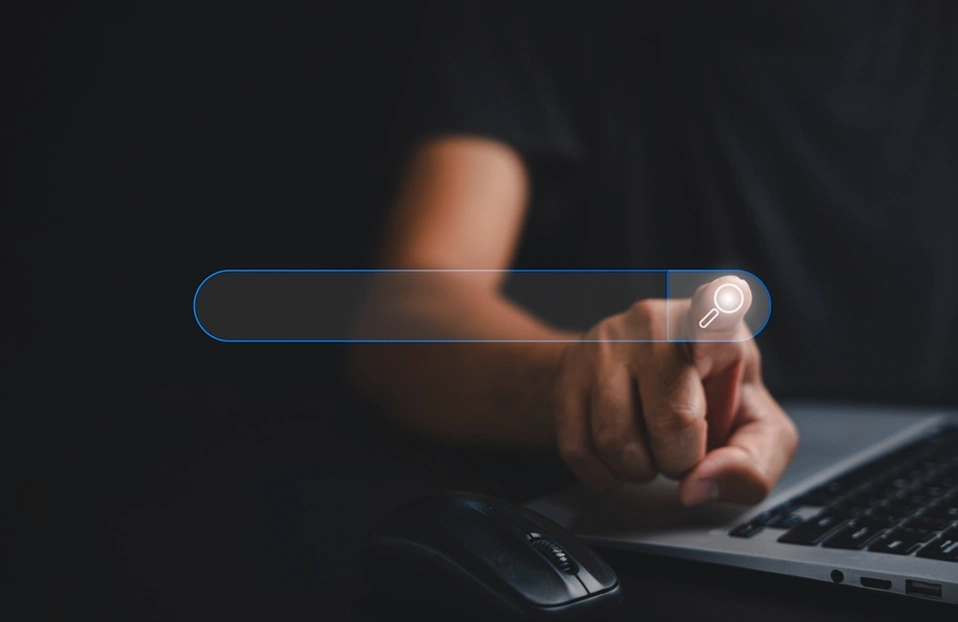In the digital world, Generative AI (GenAI) tools like Google Bard (now Gemini) and OpenAI’s ChatGPT are revolutionizing industries by automating tasks, creativity, and enhancing decision-making. These innovations are not just incremental but transformative, reshaping how we interact with information and manage workflows with Liferay Development.
We will introduce the Liferay OpenAI Content Wizard and showcase how it used GenAI with the React front-end JavaScript library. The experience reveals that integrating GenAI can be both accessible and cost-effective. As a newbie to this technology, Liferay with GenAI is a practical solution with many GenAI interfaces for Liferay’s Headless APIs, demonstrating GenAI’s potential for content creation, translation, and repurposing across diverse applications.
From Text to Visuals: A Journey Through Data Structures
Text generation has been covered, but what about images? Additionally, creating images is simple; all that is needed is for the user to fill in a prompt; no further technical knowledge is needed. Liferay will generate OOTB images for our Documents and Media service. (Liferay's file management and storage program is called Documents and Media.)
Complex data structures including knowledge bases, page hierarchies, bespoke data sets, and commerce items can also be created using Generative AI when correctly integrated. A visual, low-code method of creating data structures that automatically generates a complete set of Headless APIs is supported by Liferay.
When GenAI is combined with Liferay Headless API to create a reflective data structure that quickly creates data sets containing a list of counties and populations within a region. The best part is that this functionality may be used for a wide range of topics or themes.
The presentation layer and the tools that go with it are isolated from the other primary functional elements of any software platform by a headless application. This implies that you can use the most effective presentation technique for any case on any platform that supports Headless. For instance, your CMS's built-in interface tools might be excellent for setting up and managing your eCommerce site and business website, but they might not be as useful for making specialized social media offerings or constructing a native mobile app.
Furthermore, the companies must integrate with IoT touchpoints and devices, which call for specific user interfaces and connectivity. Sampling activity and batch process activity shall be followed separately at different time intervals.
The OpenAI Product Generator for Liferay
Have you heard about OpenAI? The AI research group that created ChatGPT and other experienced picture creation and large language models.
Liferay has created a basic Product Generator interface that teams can use to quickly create initial example content in using a few common development technologies. With the use of this interface, users can enter an OpenAI question and get product data according to the requirements. The content generated is made possible via an OpenAI integration key.
OpenAI makes product detail generation easy and quick, which is then sent to Liferay's Headless endpoints to load into the system. Pictures take a little longer—roughly six to ten seconds—to process. However, creating content in this manner can save a significant amount of time in comparison to the old procedure, which involved gathering and loading the content manually.
Use GenAI Images to Make an Impact
Liferay eagerly tested GenAI by using it to generate graphics from descriptions. Though it first looked complicated, the procedure was as easy as text generation: you simply need to describe what you want, and which model you want to employ. DALL·E-2 and DALL·E-3 are two outstanding image-generating models that OpenAI employs.
After giving the product detail generator, Liferay has provided the user with the ability to select the picture-generating model and the image style. In addition, it also offers an estimated generation cost considering the quantity of photos.
Leveraging Custom Schemas and GenAI for Liferay Objects
Liferay's OOTB feature "Liferay Objects" is a low-code tool that can automatically generate Headless API endpoints for each schema you establish in the system without the need for extra development, making it an outstanding in the field of streamlined data structure development. GenAI also performs admirably in this setting. Liferay had developed a bespoke data structure to generate a list of counties, capitals, and populations, as mentioned above.
We offer an interface for the user to expand the data set to as many fields as required for this connection. The user determines which Liferay API endpoint to access to create the data collection and the list of field names and descriptions (some fields may be optional).
Any changes the user makes to the interface should be reflected in the OpenAI schema request.
Conclusion
You can get the Liferay OpenAI Content Wizard tool from GitHub in Liferay DXP. With its ability of content creation in Liferay, the tool presents numerous options for using AI tools.



